Which of the following animals can hear at the highest frequencies?

Hearing Frequency Champions:
- Moth: Up to 300,000 Hz (Ultra-sonic bat detection)
- Bat: Up to 200,000 Hz (Echolocation range)
- Owl: Up to 12,000 Hz (Low-frequency specialist)
- Elephant: Up to 12,000 Hz (Infrasound detection below 20Hz)
For comparison: Human hearing tops out at about 20,000 Hz.
Why Can Moths Hear Ultrasonics?
Some moths evolved tympanal organs specifically to detect bat echolocation frequencies, allowing them to perform evasive maneuvers mid-flight!
Evolutionary arms race: Some bats now echolocate at frequencies above moths' hearing ranges, while certain moths jam bat sonar with ultrasonic clicks!
The Capybara is considered the largest rodent on Earth. How much can this huge rat weigh?

The Capybara: Earth's Largest Rodent!
Weight Range:
- Average adult: 77–146 lbs (35–66 kg)
- Exceptional males: up to 200 lbs (91 kg)
Fun Fact:
Despite their massive size, capybaras are excellent swimmers with webbed feet! They can stay submerged for 5 minutes to hide from predators like jaguars and anacondas.
For perspective: A large male capybara weighs about as much as an adult human!
Leeches can ingest up to 6 times their body weight in blood and have teeth strong enough to penetrate the skin of a hippopotamus.

Leech Feeding Capacity: Fact Check
Not Entirely True! While leeches are impressive bloodsuckers, some details need clarification:
- Blood intake: Can consume 3-5x their weight (some species reach 6x)
- Hippo skin claim: Their teeth can penetrate human/animal skin, but hippo skin is 2 inches thick - unlikely without assistance
- Real dental power: Use 3 razor-sharp jaws with 100+ microscopic teeth
How They Do It:
Leeches secrete: • Anesthetic (so you don't feel the bite) • Anticoagulant (hirudin keeps blood flowing) • Vasodilator (widens blood vessels)
Feeding Facts:
- Can go 6 months between meals
- Medicinal leeches (Hirudo medicinalis) are FDA-approved medical devices
- Ancient doctors used them for 3,000+ years
Modern use: Microsurgeons use leeches to prevent venous congestion in reattached fingers and ears!
Which of the following is considered the fastest animal in water?
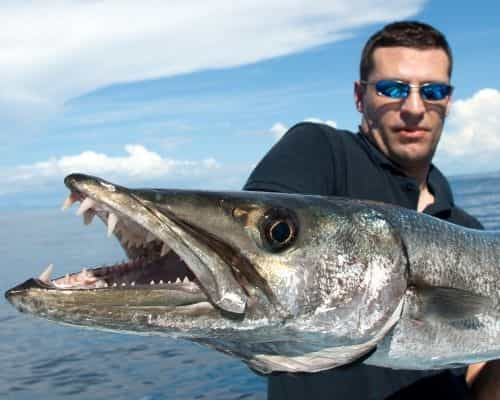
The Speed King of the Oceans!
The sailfish (Istiophorus platypterus) is the fastest swimmer in water:
- Top speed: 68 mph (110 km/h) in short bursts
- Acceleration: 0-60 mph faster than a sports car
Why So Fast?
Their streamlined body, retractable dorsal fin ("sail"), and specialized muscles allow explosive speed to hunt schooling fish like sardines.
Other Speedsters:
- Black marlin: 50 mph (80 km/h)
- Yellowfin tuna: 47 mph (75 km/h)
- Dolphins: 37 mph (60 km/h)
Note: The sailfish's speed is measured by its bill slashing through bait balls, creating shock waves that stun prey!
Which of the following has the strongest bite force per square inch?

The animal with the strongest bite force per square inch is the Nile Crocodile (Crocodylus niloticus)!
Fun Facts:
- Bite Force: 5,000 psi (pounds per square inch) – strong enough to crush bone instantly!
Comparison:
- Saltwater Crocodile: ~3,700 psi
- Hippopotamus: ~1,800 psi
- Great White Shark: ~4,000 psi (but less focused pressure)
Why? Their jaws are built for grip-and-rip hunting, with conical teeth and immense muscle power.
Bonus Fact:
Despite their terrifying bite, crocodiles have weak jaw-opening muscles—a strong rubber band could keep their mouth shut!
Advertisement
The wood frog survives cold winters by freezing and defrosting itself with changes in the weather.
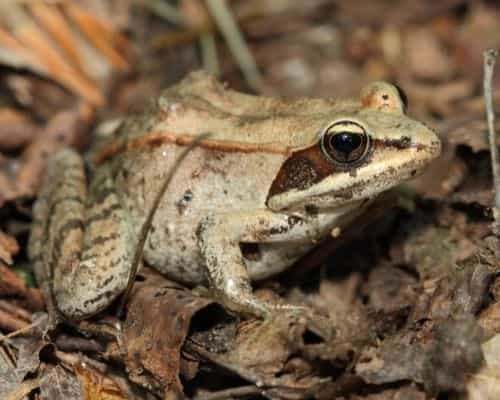
The wood frog (Rana sylvatica) has an incredible survival strategy for cold winters: it freezes up to 70% of its body water and essentially becomes a "frogsicle"! Its heart stops, its breathing halts, and it appears dead. But when spring arrives, it thaws back to life and hops away.
The Dracula ant can snap it's jaws at over 200 mph or about 5,000 times faster than the blink of a human eye.
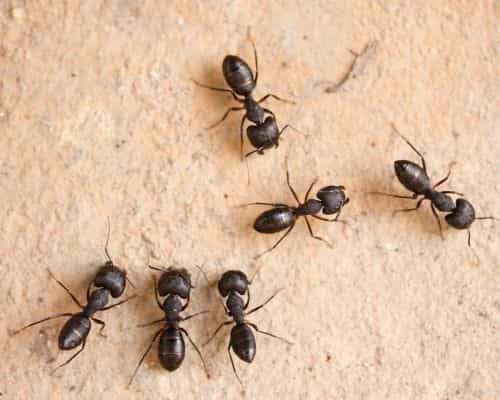
Dracula Ant: Nature's Fastest Jaws!
True! The Dracula ant (Mystrium camillae) holds the record for:
- Jaw speed: 200+ mph (320 km/h)
- Acceleration: 5,000x faster than a human blink
- Mechanism: Snap-jaws that strike like a finger snap
How It Works:
Their mandibles lock and release stored energy - similar to a mousetrap - making this the fastest animal movement ever recorded (relative to size).
Speed Perspective:
- 5x faster than a cheetah's sprint
- 1,000x faster than a venomous snake strike
- Complete action in 0.000015 seconds
Creepy bonus: They're called "Dracula" ants because they puncture larvae to drink their blood-like hemolymph!
These are 4 of the LONGEST snakes on Earth. Which of them is the most massive-in terms of weight?
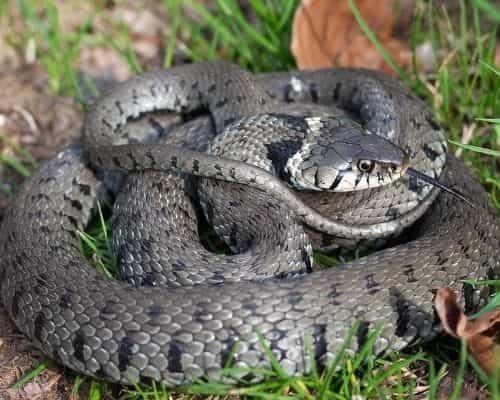
These are the largest snakes in the world:
- Green Anaconda: Up to 550 lbs (250 kg) - heaviest snake!
- Reticulated Python: Up to 350 lbs (160 kg)
- Burmese Python: Up to 200 lbs (90 kg)
- African Rock Python: Up to 250 lbs (113 kg)
Fun Fact:
The Green Anaconda wins for mass - a 550 lb specimen could outweigh a grand piano! While reticulated pythons may grow longer (up to 30+ feet), anacondas are far more muscular and heavy-bodied.
The Cassowary is a large, flightless bird that has a five inch claw on it's feet which is uses to plunge into the body of attackers. It is considered the most dangerous bird in the world and has killed humans.
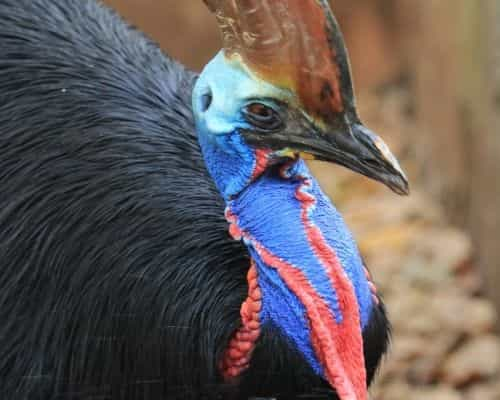
The Cassowary: World's Most Dangerous Bird
True! The southern cassowary (Casuarius casuarius) is scientifically recognized as:
- Claw length: 5-inch (12 cm) dagger-like inner toe claw
- Human fatalities: At least 2 confirmed deaths (1 in 1926, 1 in 2019)
- Attack style: Can jump 5 feet high while kicking forward
Why So Dangerous?
Their razor-sharp claws can disembowel threats with a single kick. They're particularly aggressive when protecting eggs or chicks.
Danger Scale:
- Capable of breaking bones with kicks
- Considered more dangerous than ostriches or emus
- Classified as a "dangerous animal" under Australian law
Ancient warrior bonus: Their keratinous casque (helmet) may amplify low-frequency sounds used to communicate in dense rainforests.
The Eastern Lowland Gorilla is the largest primate on Earth. They can grow up to 6 feet tall and weigh up to

They can stand up to 6 feet (1.8 meters) tall when upright. Males (silverbacks) can weigh up to 450 pounds (204 kg), with some exceptionally large individuals reaching 500 pounds (227 kg)! Females are smaller, usually around 200–250 pounds (90–113 kg). Despite their massive size, they are mostly herbivorous, munching on leaves, fruits, and stems in the dense forests of the Democratic Republic of the Congo.
Advertisement
This animal is considered the largest carnivore on Earth.

Fun Facts:
- Size: Males can weigh 900–1,600 lbs (410–725 kg) and stand 10+ feet (3+ meters) tall on their hind legs.
- Diet: Primarily seals, making them hypercarnivorous (over 70% meat).
- Habitat: Arctic sea ice—they're classified as marine mammals!
- Record Holder: The largest polar bear ever recorded weighed 2,209 lbs (1,002 kg)!
Bonus Fact:
Though Kodiak Bears (a brown bear subspecies) can rival polar bears in size, they're omnivores, so the polar bear keeps the strictly carnivorous crown.
As a self-defense mechanism, the Turkey Vulture can spew projectile vomit up to 10 feet. They also poop on their own feet to cool them down.
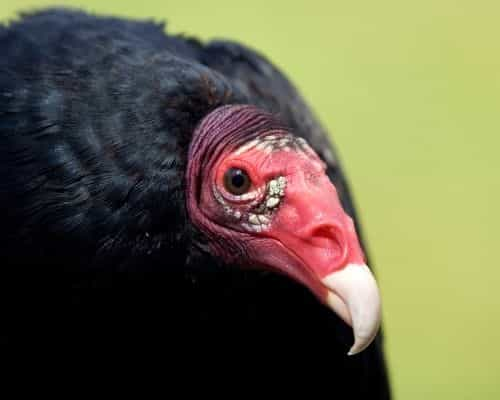
Turkey Vulture Defenses
True! Turkey vultures have two gross-but-effective defenses:
- Acidic vomit: Can projectile vomit foul-smelling stomach acid up to 10 feet to deter predators
- Feet pooping: Defecate on their own legs to cool down (urohidrosis)
These adaptations help them survive because:
- The vomit burns predators' eyes and makes them lighter to fly away
- Poop evaporation cools their blood through unfeathered legs




